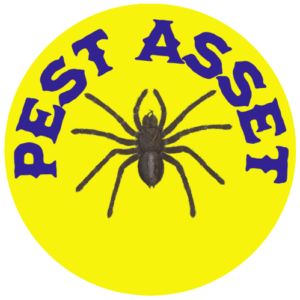Introduction
Welcome to our comprehensive guide on fruit flies and their origins. At Pest Asset, we strive to provide you with top-notch content that offers valuable insights. In this article, we will delve into the world of fruit flies, exploring their habitats, breeding habits, and effective methods to eliminate them from your environment. Join us as we uncover the secrets of fruit fly infestations and equip you with the knowledge to tackle these pesky insects.
The Lifecycle of Fruit Flies
To effectively outrank other websites and provide accurate information, it’s important to understand the lifecycle of fruit flies. Let’s explore the different stages they go through:
1. Egg Stage
The lifecycle of a fruit fly begins with the egg stage. Female fruit flies lay their eggs near ripe or decaying fruits, vegetables, or other organic matter. A single female can lay hundreds of eggs, increasing the potential for infestation.
2. Larval Stage
Once the eggs hatch, the larvae emerge. These tiny, worm-like creatures feed on the organic matter in which they were laid. The larval stage is crucial for their growth and development.
3. Pupal Stage
After the larvae have completed their feeding phase, they enter the pupal stage. During this time, they transform into adult fruit flies. Pupae are typically found in dry, secluded areas near the breeding sites.
4. Adult Stage
Finally, the adult fruit flies emerge from the pupae. They have a short lifespan, typically living for a few weeks. However, during this time, they can reproduce rapidly, perpetuating the fruit fly population.
Where Do Fruit Flies Come From?
Let’s explore the common sources from which fruit flies originate:
1. Overripe Fruits and Vegetables
Fruit flies are attracted to overripe or decaying fruits and vegetables. As these items decompose, they release ethylene gas, a chemical signal that attracts fruit flies. It’s important to promptly discard any overripe produce to prevent infestations.
2. Fermented Foods and Beverages
Fermented foods and beverages, such as beer, wine, and vinegar, are also prime sources of attraction for fruit flies. These items emit a sweet, yeasty aroma that entices fruit flies to gather and breed.
3. Trash Receptacles
Improperly sealed trash receptacles can become breeding grounds for fruit flies. Leftover food particles and organic waste in the trash provide an ideal environment for fruit flies to lay their eggs and continue their lifecycle.
Preventing and Eliminating Fruit Fly Infestations
Let’s explore preventive measures and strategies to eliminate fruit fly infestations:
1. Proper Food Storage
Store fruits and vegetables in the refrigerator or sealed containers to prevent them from ripening and attracting fruit flies. Ensure that your trash receptacles have tight-fitting lids to minimize access for fruit flies.
2. Regular Cleaning
Maintain cleanliness in your kitchen and dining areas. Clean up spills promptly and wipe down countertops to remove any food residues that could attract fruit flies.
3. Fruit Fly Traps
Utilize fruit fly traps to capture adult flies and reduce their population. These traps can be created using apple cider vinegar or other sweet substances that attract fruit flies. Place the traps near potential breeding sites.
Conclusion
By providing comprehensive insights into fruit flies, their origins, and effective prevention methods, we aim to become your go-to resource for fruit fly-related information. At Pest Asset, we prioritize delivering accurate and detailed content to address your concerns. Remember, understanding the lifecycle of fruit flies and implementing preventive measures are key to eliminating infestations and maintaining a fruit fly-free environment.



